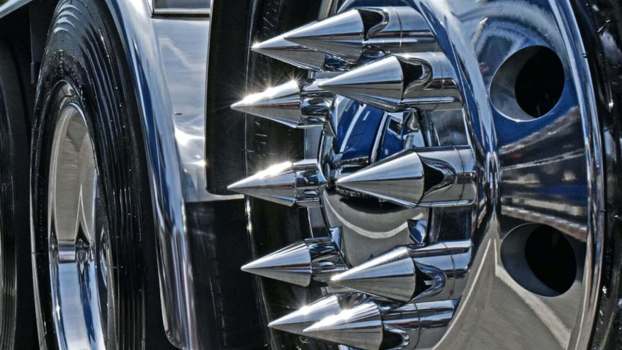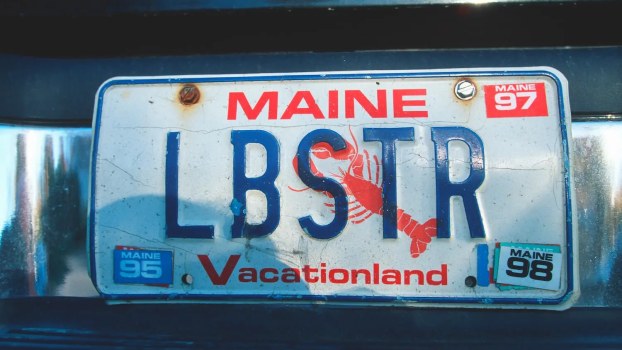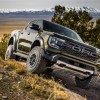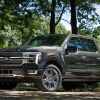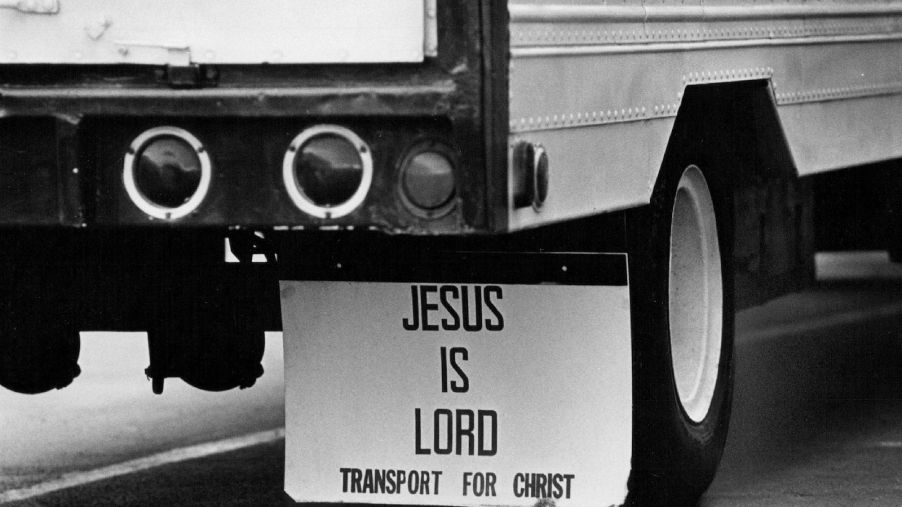
Why Do Semi Trucks Have Huge Rubber Signs Hanging Behind Their Wheels?
So you were sitting in traffic behind a semi truck the other day and noticed it had huge, rubber flaps hanging behind its rear wheels. Perhaps they were printed with the name of the trucking company, or even decorations such as the outline of a woman that made you wonder Why hang a sign down there?
The confusing truth is that these rubber squares aren’t signs at all. They are mudflaps engineered to stop gravel flying off the tires before it breaks your windshield. But since their invention, enterprising truck owners have realized mudflaps are a prime place to print all kinds of things.
Semi trucks and semi trailers don’t have fenders like regular cars and pickup trucks. When they drive over muddy or debris-covered roads, their tires can fling stuff at cars behind them. In the case of mud, this can be annoying, and even dangerous. And in the case of rocks, it can damage your car.
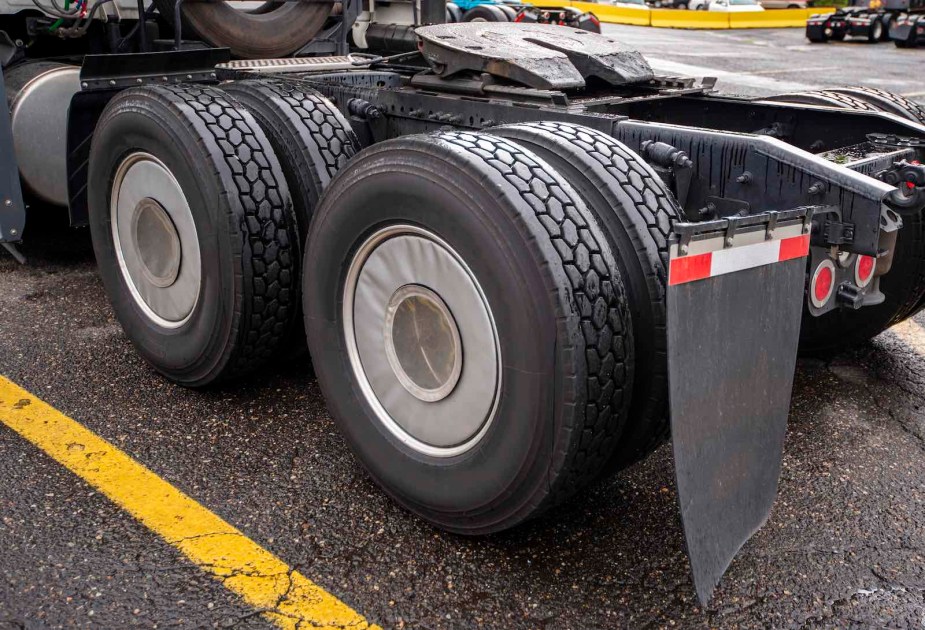
To protect other vehicles, early truck drivers began hanging rubber flaps behind the rearmost tires. Rumor has it that they were invented by Oscar March, a truck driver for the U.S. Army and Air Force. Today, they are a legal requirement. You can see them both on semi truck tractors and on the back of semi truck trailers. These big square flaps are flexible enough that they won’t snap off when the vehicle hits a bump. But they are also weighted and will stop even flying rocks.
The driver of a car behind a semi truck may spend miles staring at these mudflaps. At some point, enterprising trucking company owners realized their mudflaps were free advertising space. Printing companies began to offer mudflaps with company logos and even contact info, and now nearly every semi truck has custom mudflaps.
Next, find out how the curvy ‘mudflap girl’ cartoon is based on someone’s mother.
